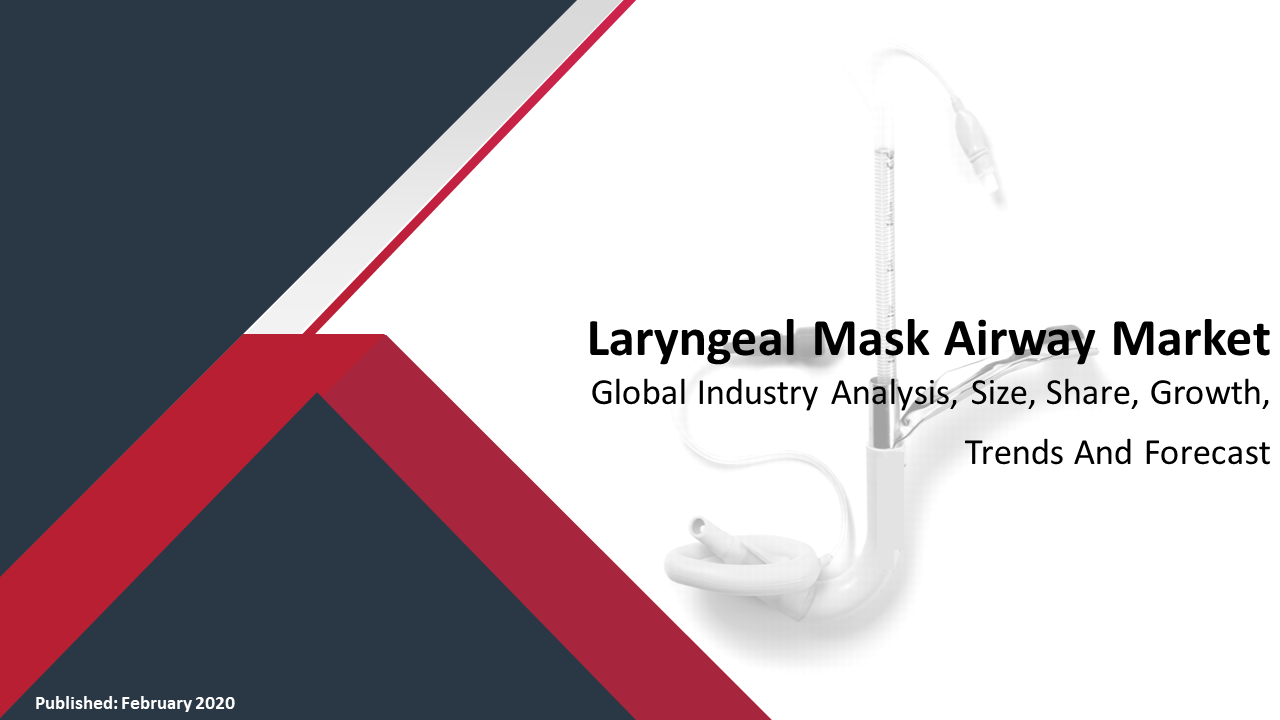The Asia Pacific single-use medical device market size was USD 1.92 Billion in 2022 and is likely to reach USD 2.88 Billion by 2031, expanding at a CAGR of 4.4% during 2023–2031. Growth of the market is attributed to cost saving and aids in reducing hospital waste.
The single-use medical device is a device that is only used once. Reprocessing is gaining popularity because it helps hospitals decrease waste while saving money. The reprocessing of single-use devices, which results in environmental sustainability, is driving the market.

SUD reprocessing is the process of cleaning, disinfecting, sterilization, testing, manufacturing, labelling, and packaging a single-use medical device so that it can be used again while maintaining its functionalities. Reprocessed devices are becoming increasingly popular around the world, especially in emerging economies.
The single-use medical reprocessing market is growing as reprocessing allows healthcare institutions to reuse devices instead of discarding them. This helps with waste management and keeps the environment sustainable.
Chemical residues may result deviations from the norms or incorrect cleaning, which could cause toxicity in the patient. The single-use medical device reprocessing market is divided into two categories based on product type: class I devices and class II devices. The single-use medical device reprocessing market is divided into two pricing ranges high range and low/economy range.
Market Trends, Drivers, Restraints, and Opportunities
-
Increasing initiatives and support from government is projected to drive the market.
-
Rising production of environment friendly devices is projected to fuel the market.
-
Transmission of disease may hinder the market growth.
-
Development of SUD’s with modern technology is projected to offer immense opportunities for the market players.
Scope of Asia Pacific Single-use Medical Device Market Report
The report on the Asia Pacific single-use medical device market includes an assessment of the market, trends, segments, and regional markets. Overview and dynamics have also been included in the report.
|
Attributes
|
Details
|
|
Report Title
|
The Asia Pacific single-use medical Device - Industry Analysis, Growth, Share, Size, Trends, and Forecast
|
|
Base Year
|
2022
|
|
Historic Data
|
2016–2021
|
|
Forecast Period
|
2023–2031
|
|
Segmentation
|
Types (Class I Devices and Class II Devices)
|
|
Regional Scope
|
India, China, South Korea, Japan, and Rest of Asia Pacific
|
|
Report Coverage
|
Company Share, Market Analysis and Size, Competitive Landscape, Growth Factors, and Trends, and Revenue Forecast
|
|
Key Players Covered in the Report
|
Medline Industries, Inc., NEScientific, Inc., ReNu Medical Inc., Soma Technology, Inc., Sterilmed Inc. (Johnson & Johnson), and Stryker Corporation.
|
Asia Pacific Single-use Medical Device Market Segment Insights
The class II devices segment is anticipated to hold a major market share
Based on types, the Asia Pacific single-use medical device market is segregated into class I devices and class II devices. The class II segment is estimated to expand at a high CAGR during forecast period. Growth of the segment is attributed to rising number of cardiac interventions and resulting economic load require for assessing SUDs' reuse, Class II devices are likely to account for a significant portion of the market.

India is anticipated to dominate the market
In terms of geography, the Asia Pacific single-use medical device market is classified as India, China, South Korea, Japan, and Rest of Asia Pacific. India is anticipated to hold a major market share. In India, the private sector is responsible for 80% of healthcare. Certain strategies employed by the private sector help to significantly reduce the financial strain and minimize the total economic load by reducing medical bills of the patient.
Segments
The Asia Pacific single-use medical device market is segmented on the basis of
Types
- Class I Devices
- Class II Devices
End-users
- Hospitals
- Medical Centers
- Other
Geography
- India
- China
- South Korea
- Japan
- Rest of Asia Pacific
Key Players
Competitive Landscape
Major players competing in the Asia Pacific single-use medical device market include Medline Industries, Inc., NEScientific, Inc., ReNu Medical Inc., Soma Technology, Inc., Sterilmed Inc. (Johnson & Johnson), and Stryker Corporation.
Some of these players are using several business strategies such as mergers, acquisitions, partnerships, collaborations, capacity expansion, and product launches to increase their market shares.

























